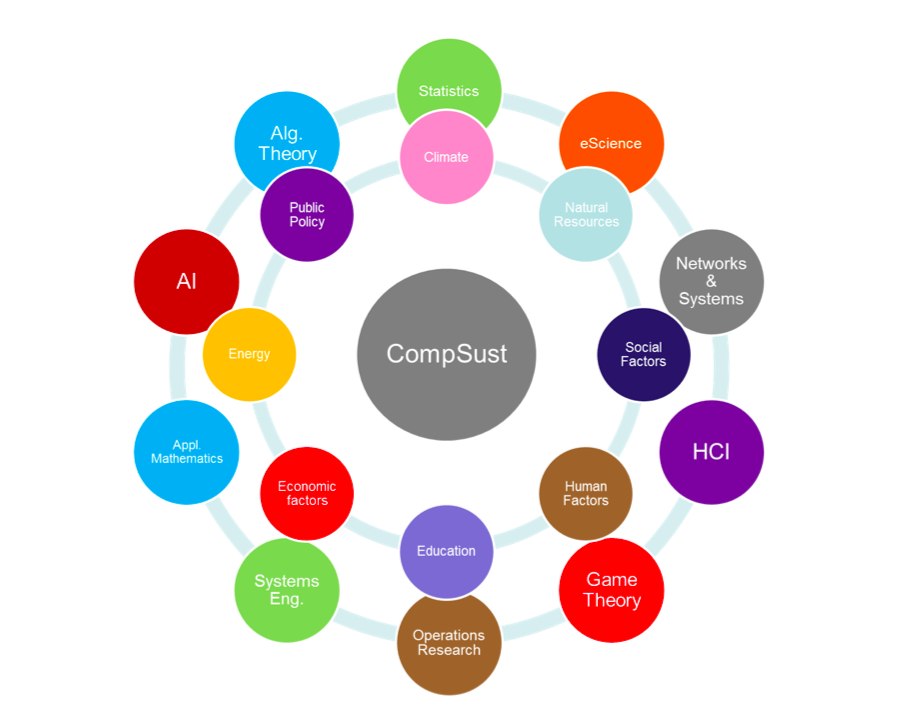

Computational Sustainability is an interdisciplinary tool that integrates techniques from computer science, information science, operations research, applied mathematics, and statistics to serve the purpose of balancing environmental, economic, and societal needs for sustainable development. This tool applies a cradle to cradle approach to production chains and products, by extending the system to the assessment of the whole ship life cycle (construction, shipping, dismantling), and allowing a substantial reduction of the environmental and energy footprint for a particular company by taking into account its financial cost, energy and environmental impact. Computational sustainability allows the company to break down every stage of the production process - the entire life cycle of a product up to the recycling - and evaluates the sustainability elements at each stage by measuring the cost benefit indicators including: - Support yacht designers with mathematical modelling to define, compare and assess alternative solutions along all steps of the yacht design and production - Assess material accounting and a number of environmental indicators along the process
- Willingness of companies to recondition their core business to embrace energy and resource efficiency
- Favouring economic and technological models that allow optimization of industrial processes, while at the same time reducing environmental impact
- Adoption of a multidisciplinary and holistic approach and implementation of a cradle to cradle perspective embracing the whole ship life cycle (construction, shipping, dismantling)
Support yacht designers to define, compare and assess alternative solutions and yacht concepts, guide them along all steps of the yacht design proposing alternatives and assess material and activities accounting and a number of environmental indicators along the process. Develop mathematical modelling that provides a scientific support for measuring, defining and comparing alternative processes and use matrix models linking activities with environmental impacts and matrix models linking activities with costs/economic benefits. Along the process the model has also to account for energy consumption, water consumption, CO2 emissions, and raw material used